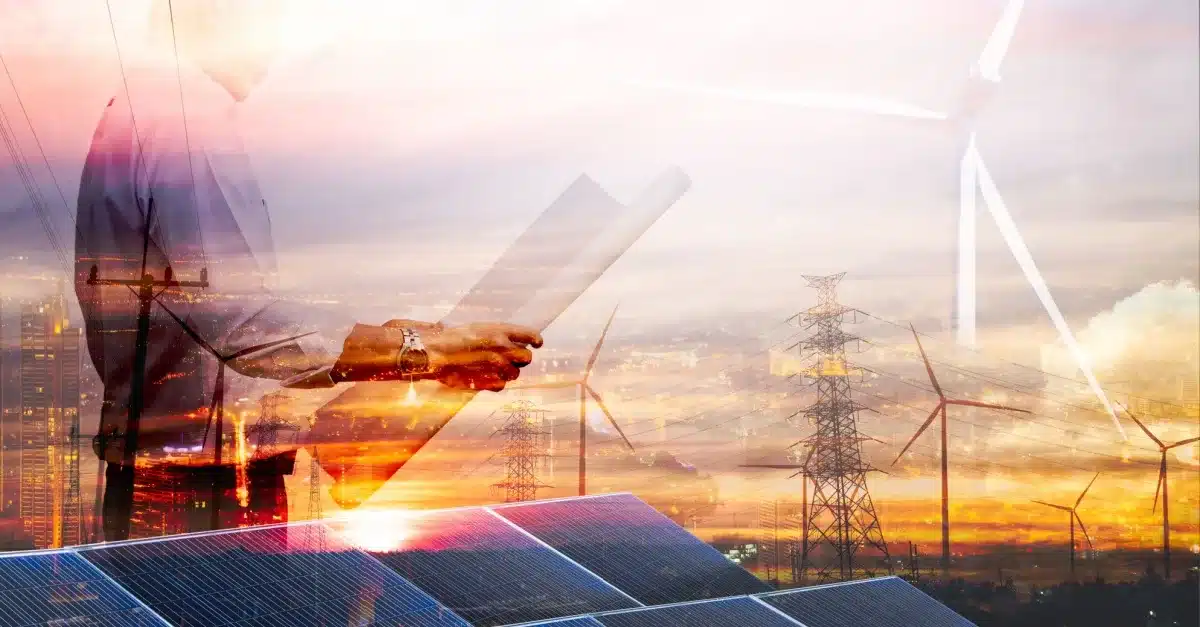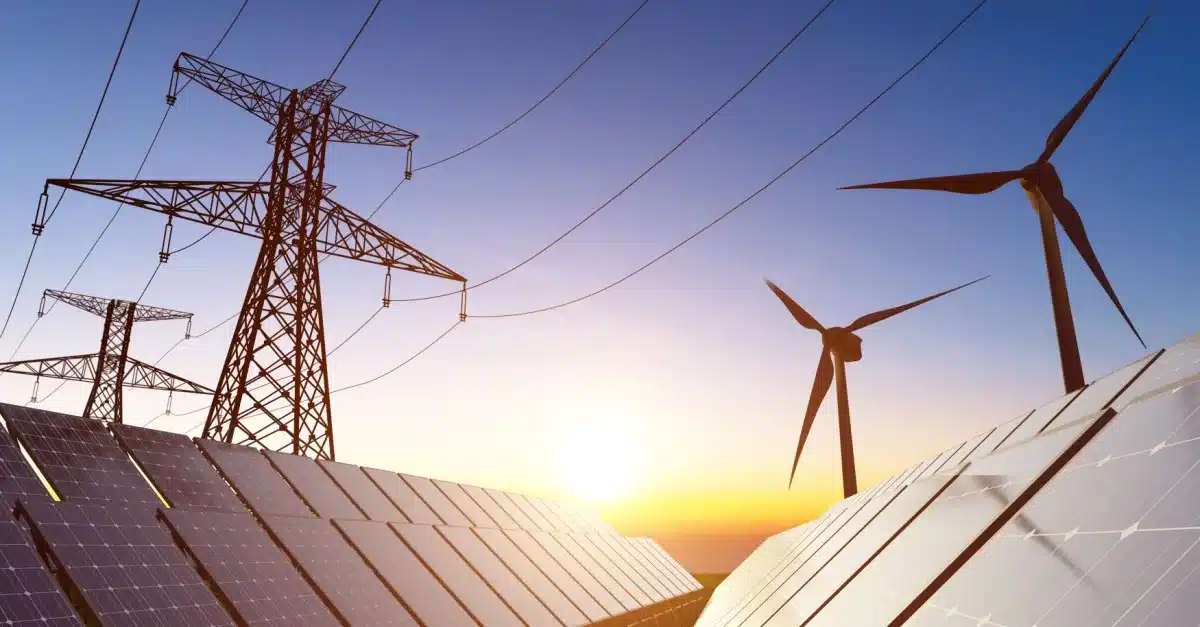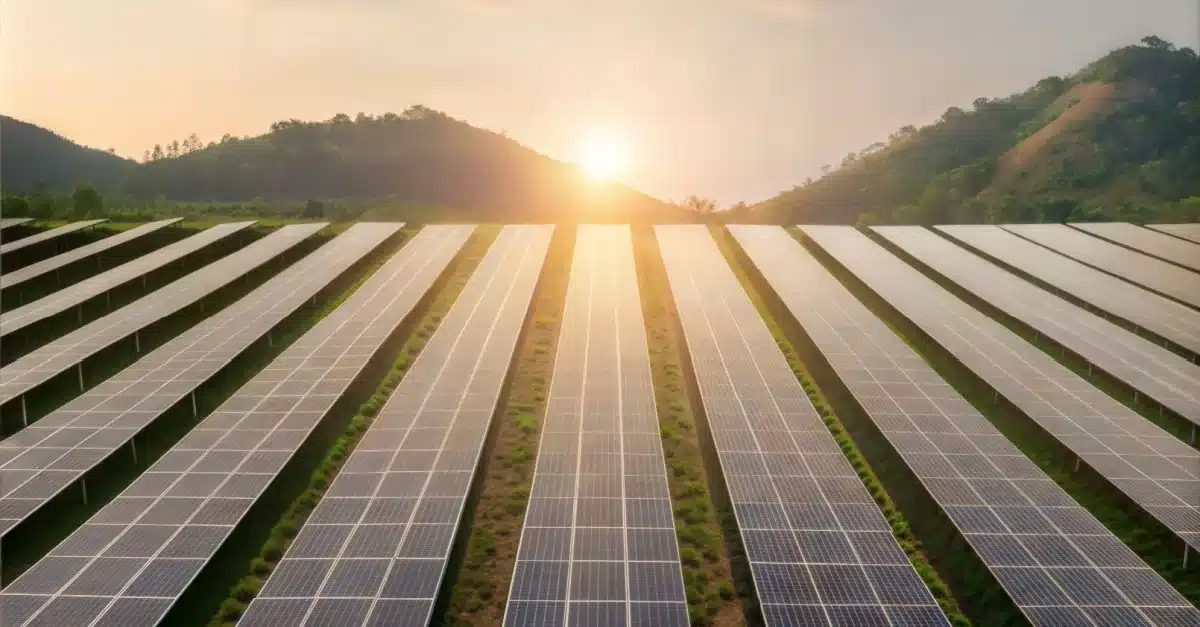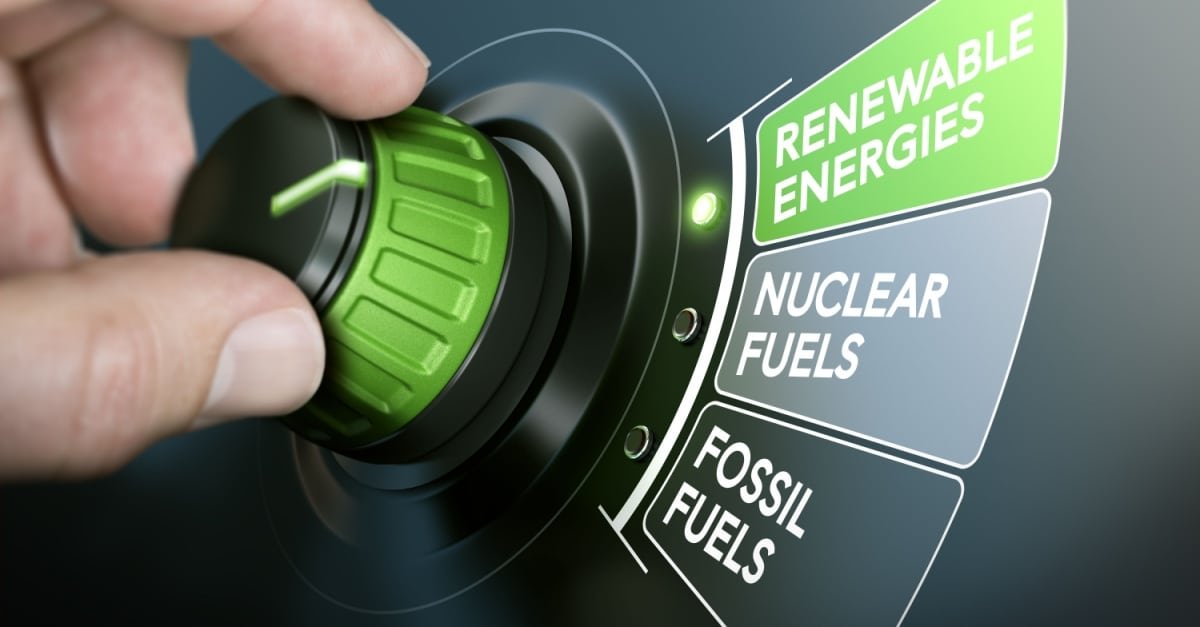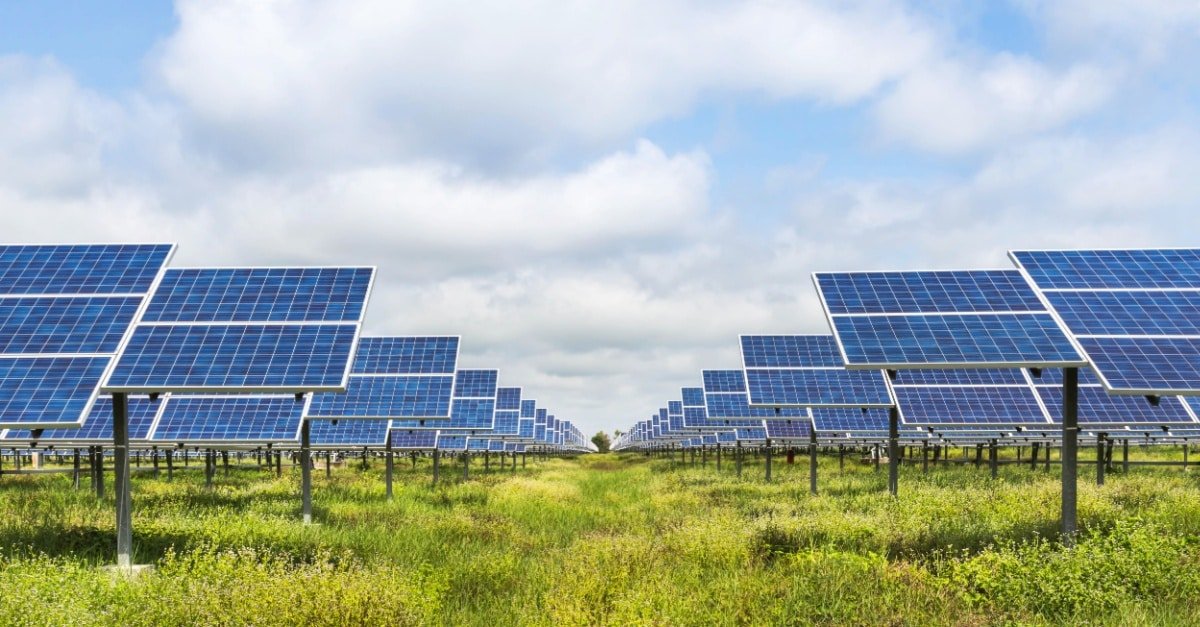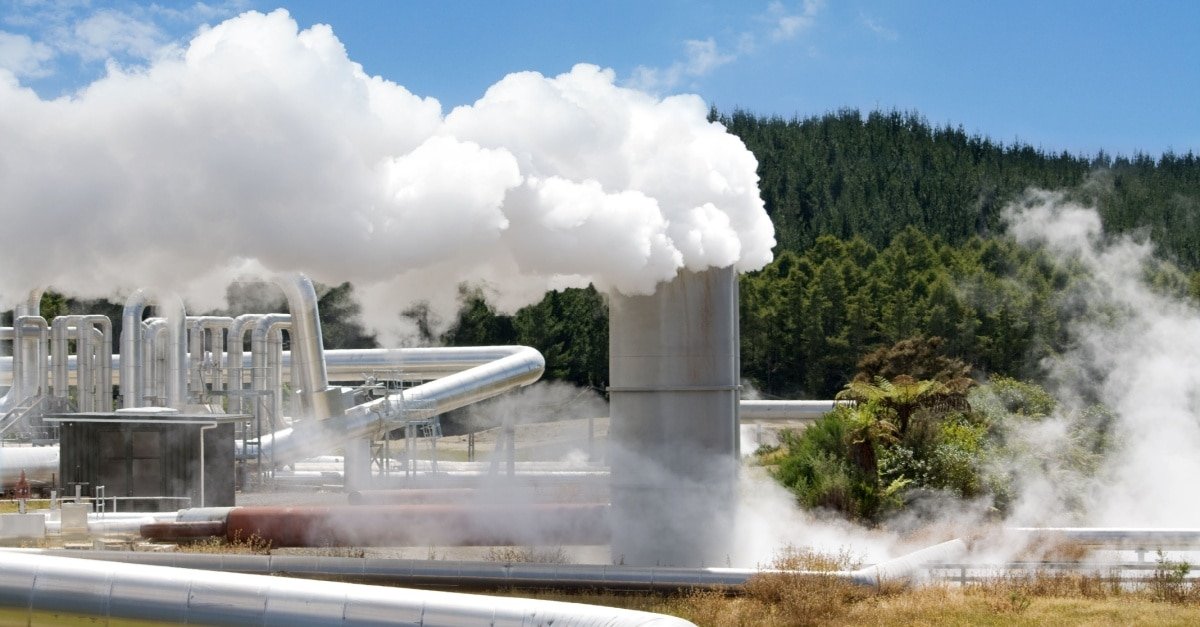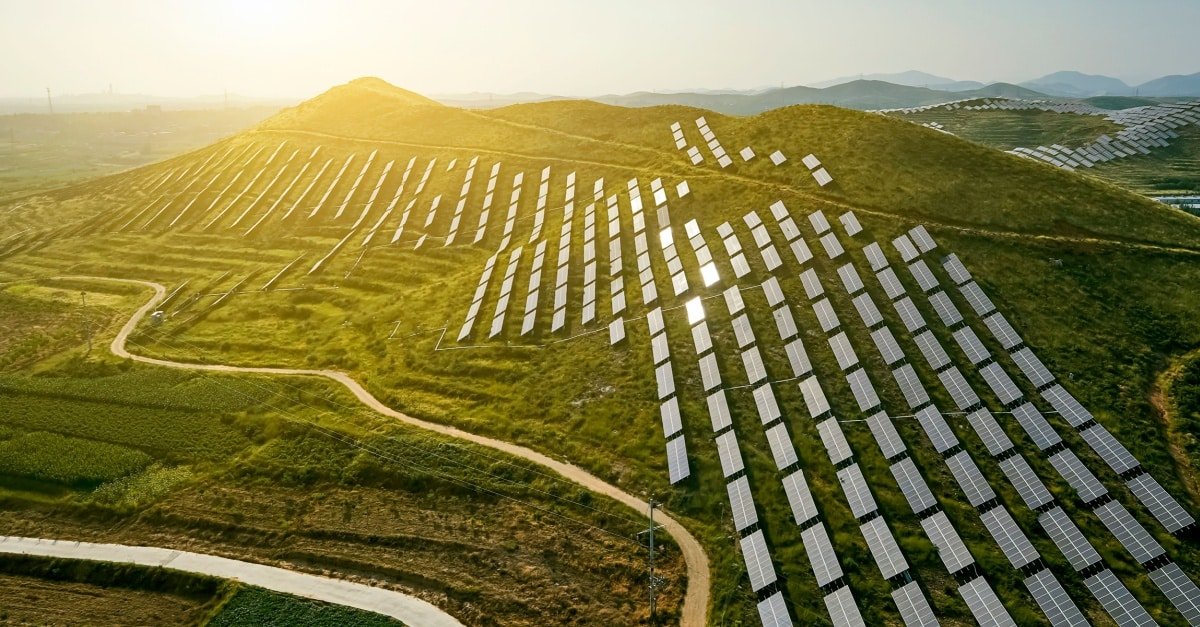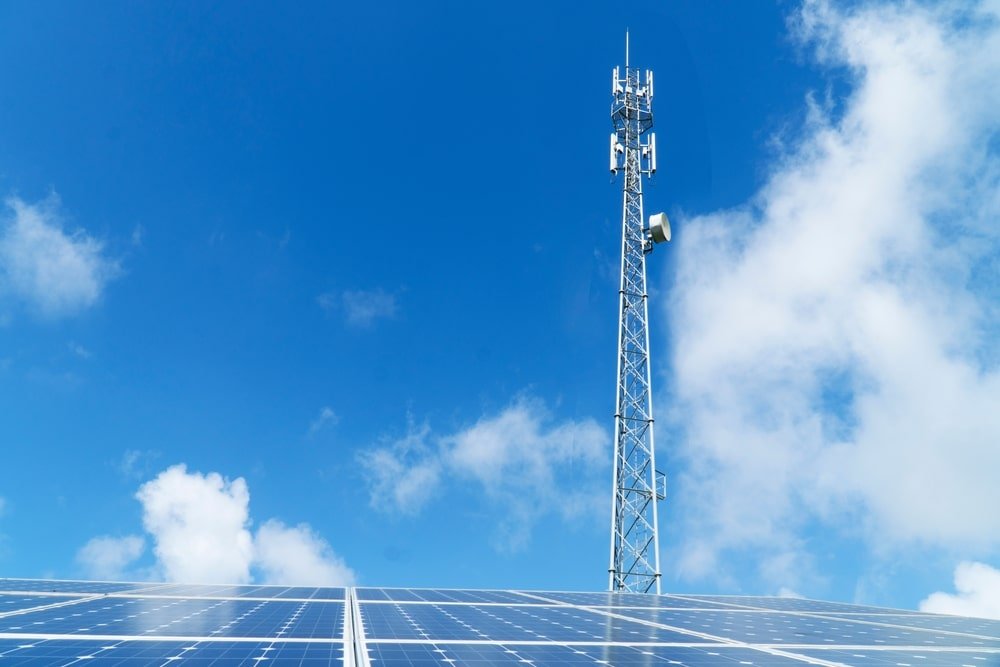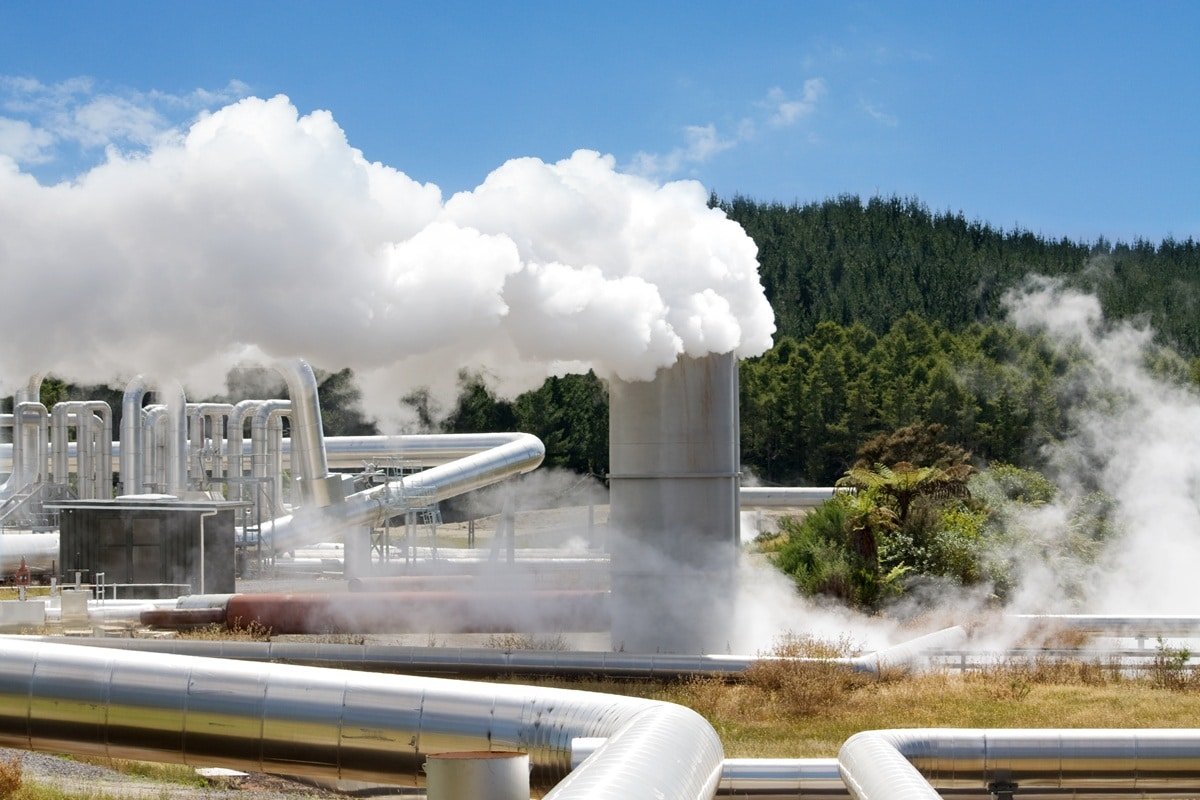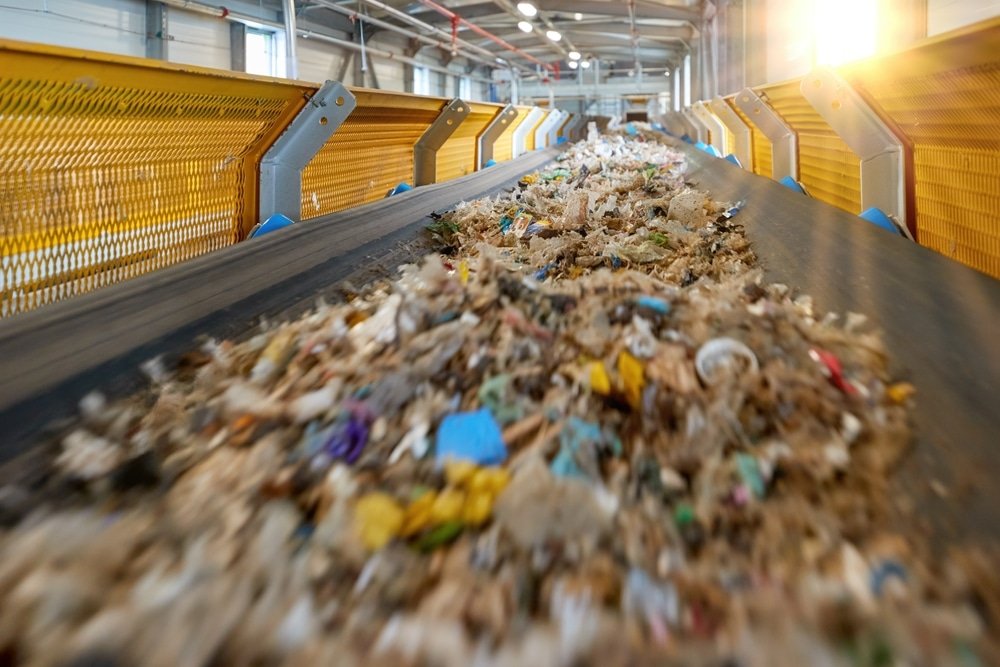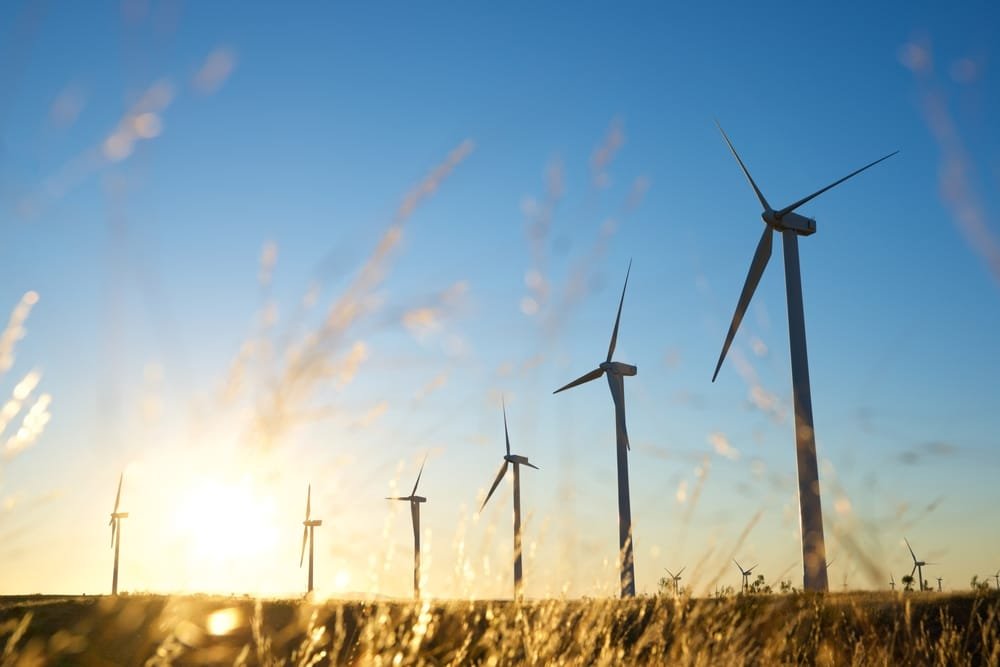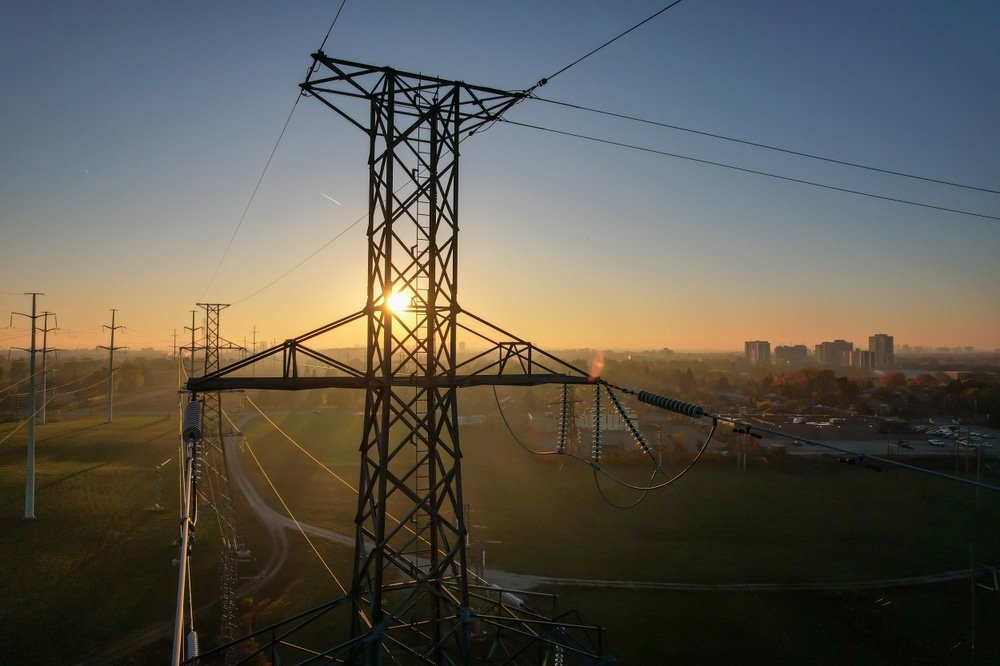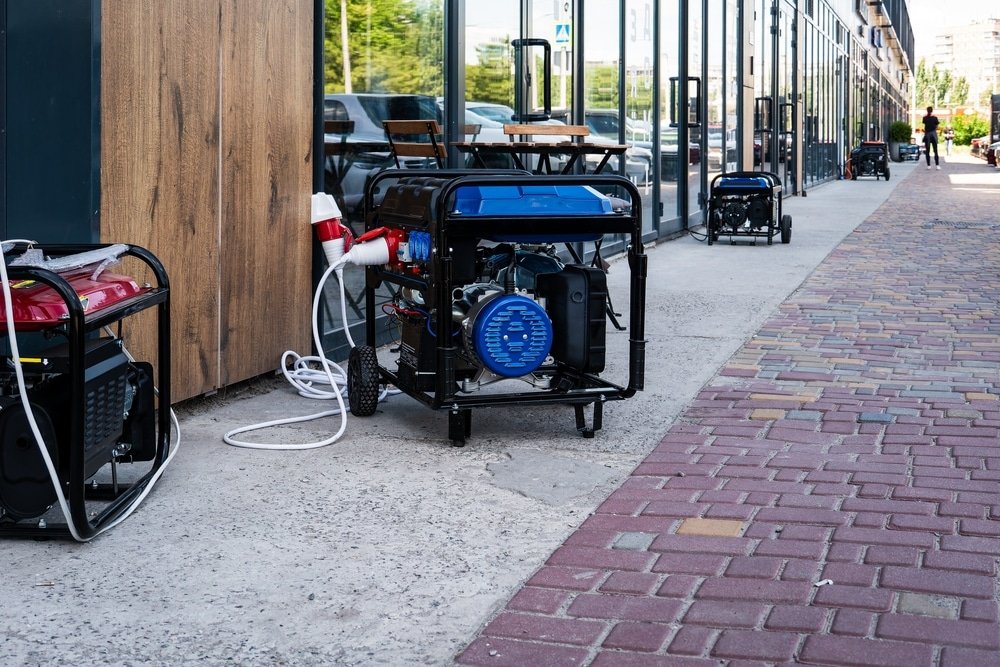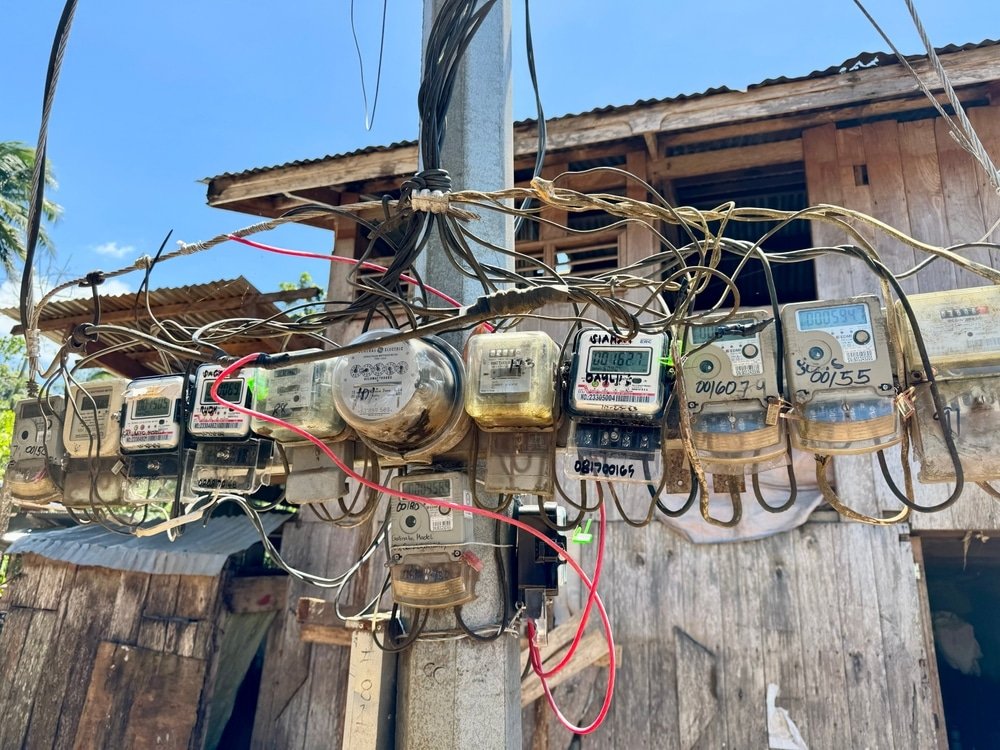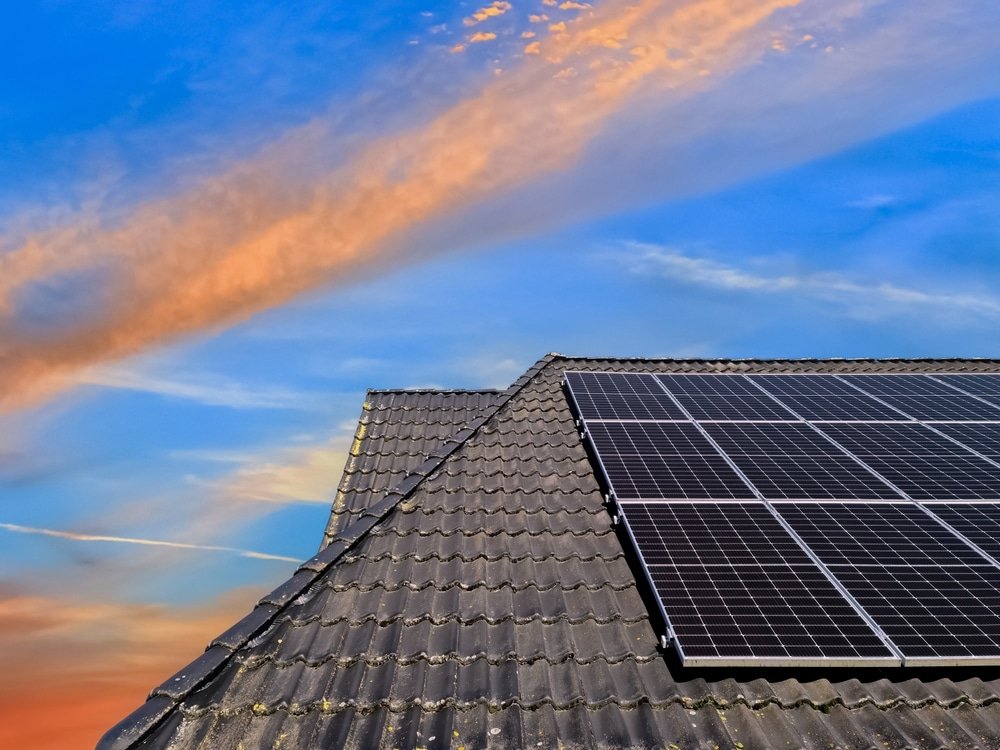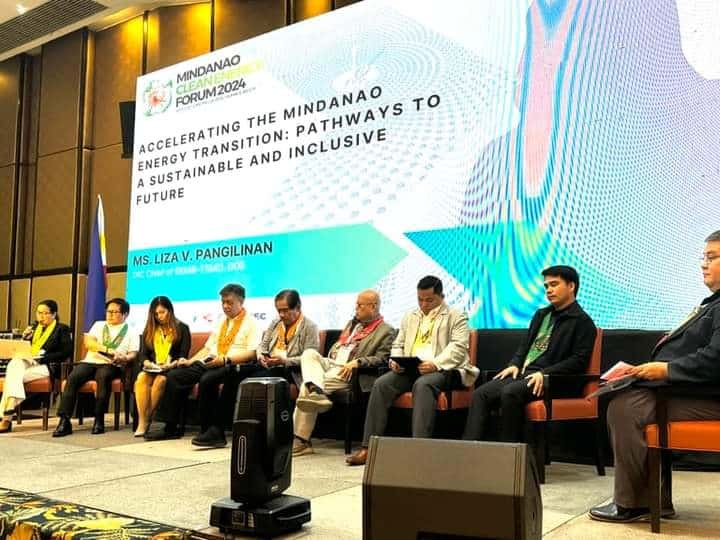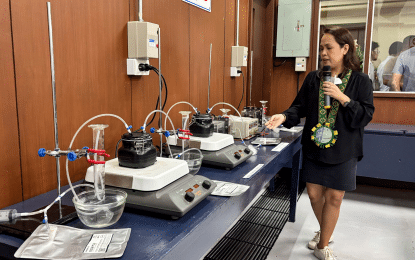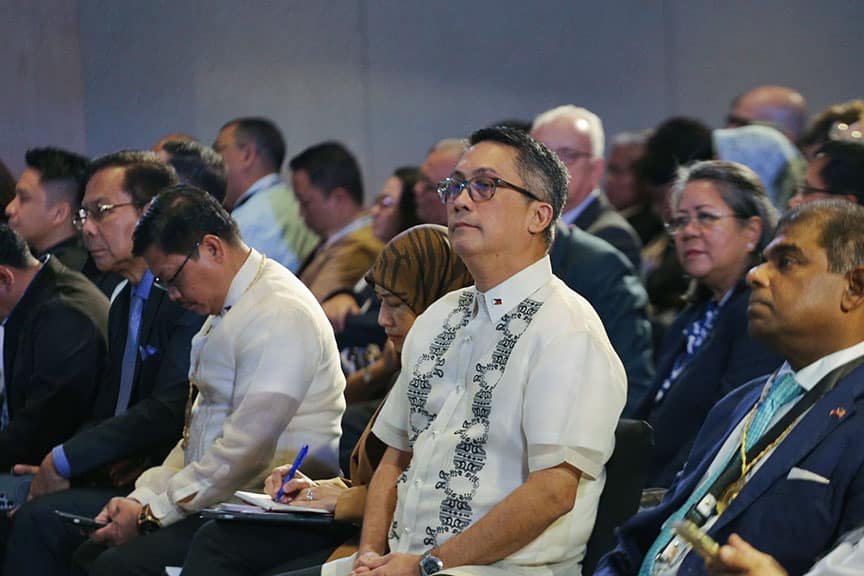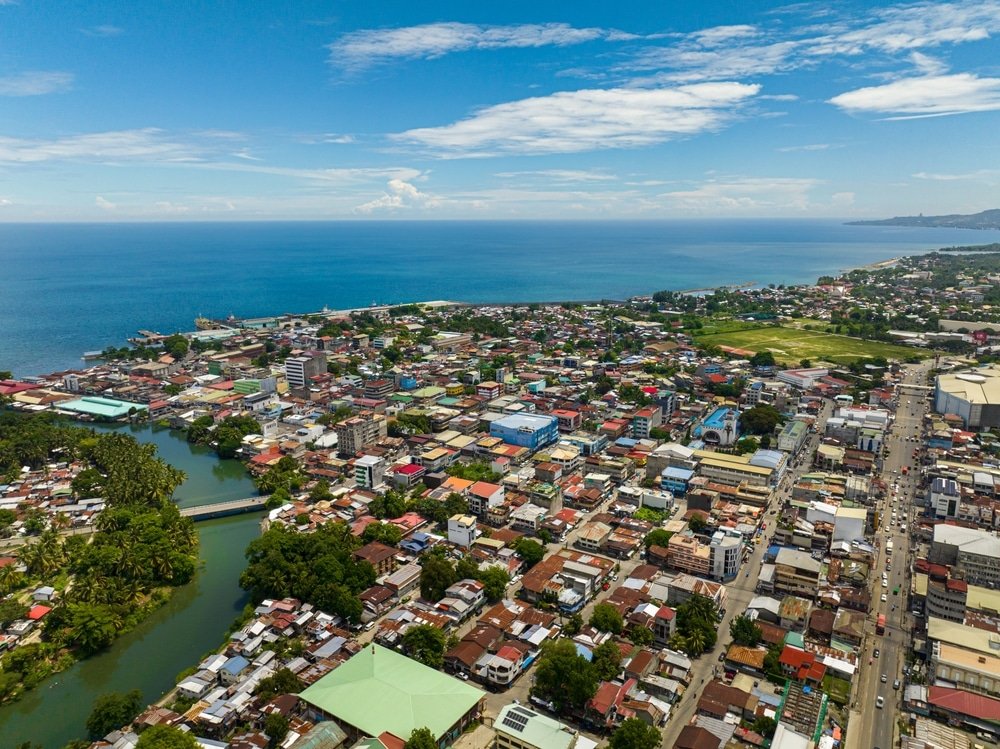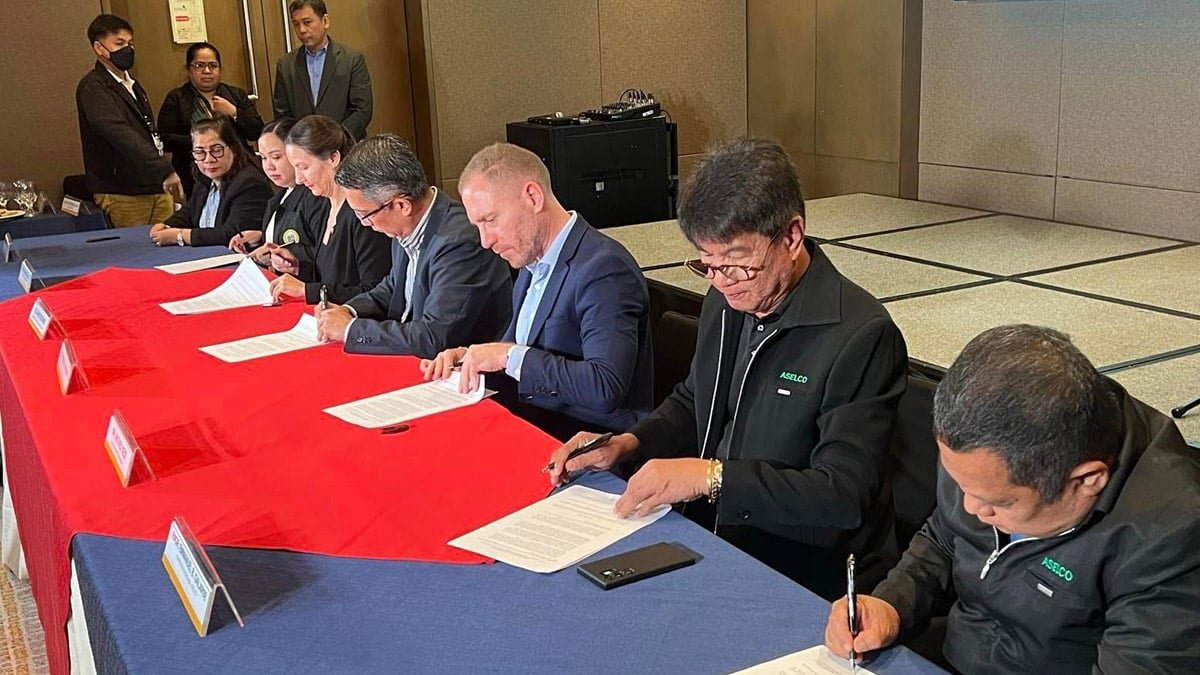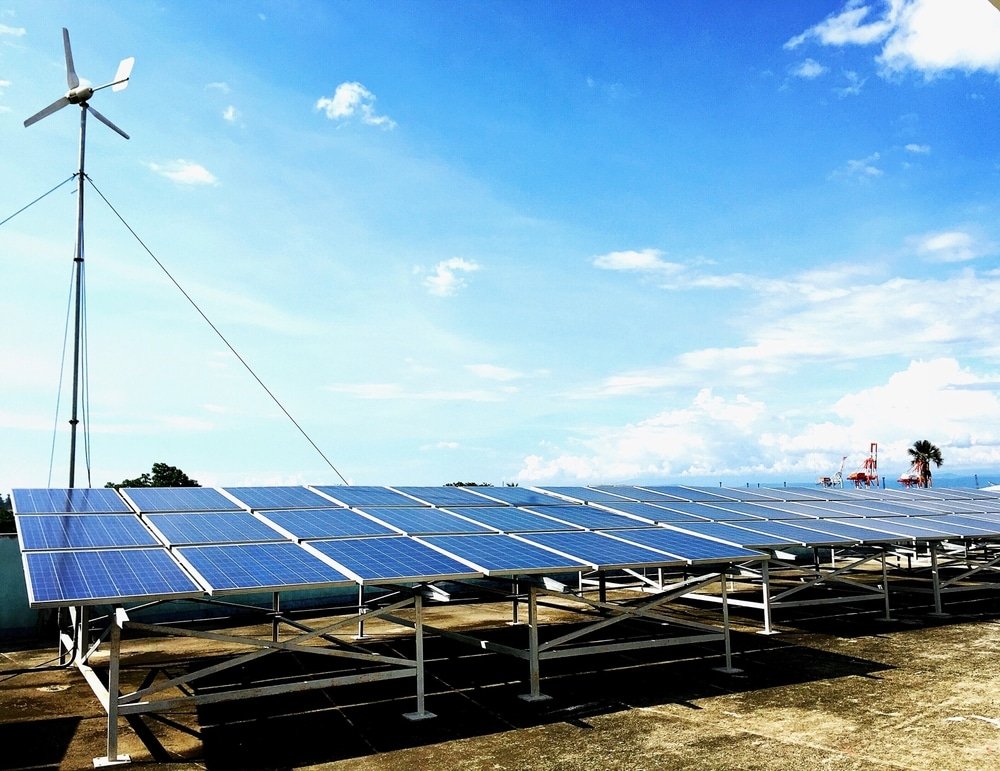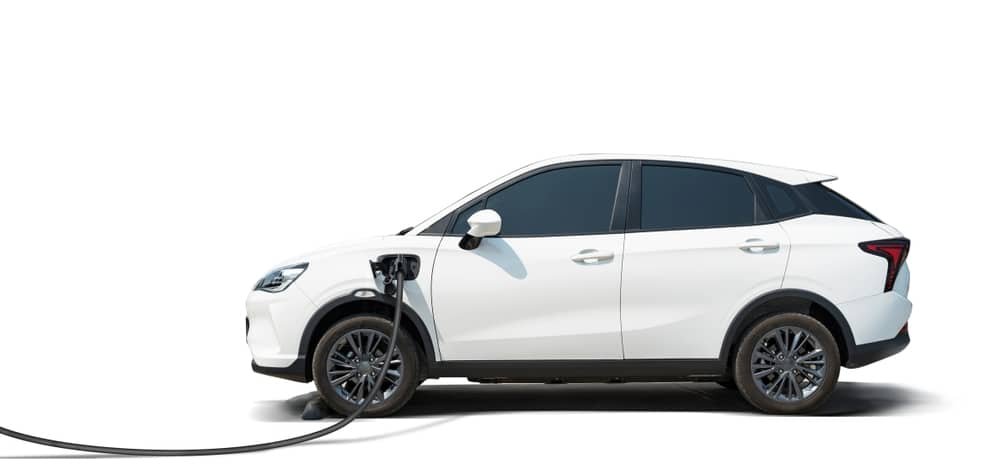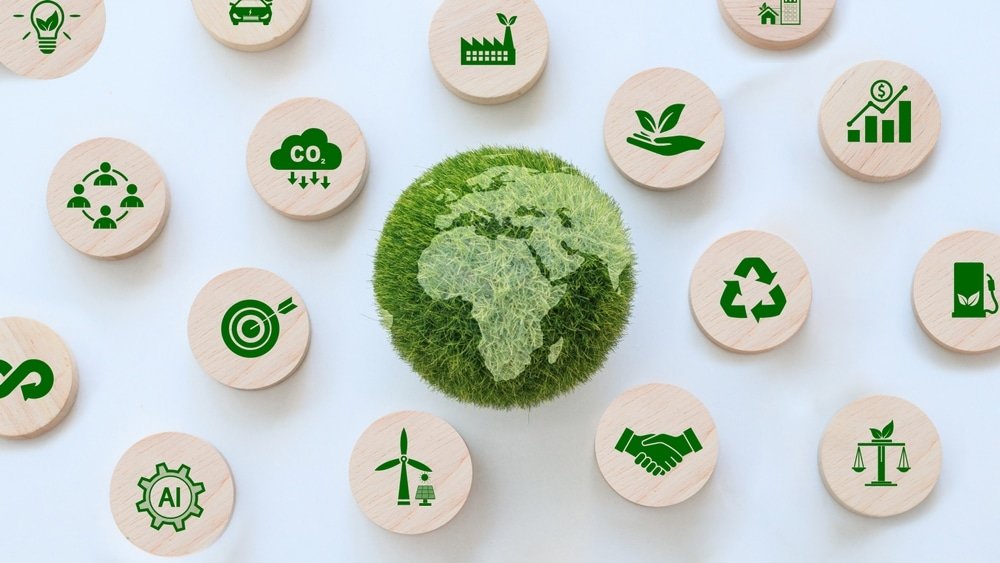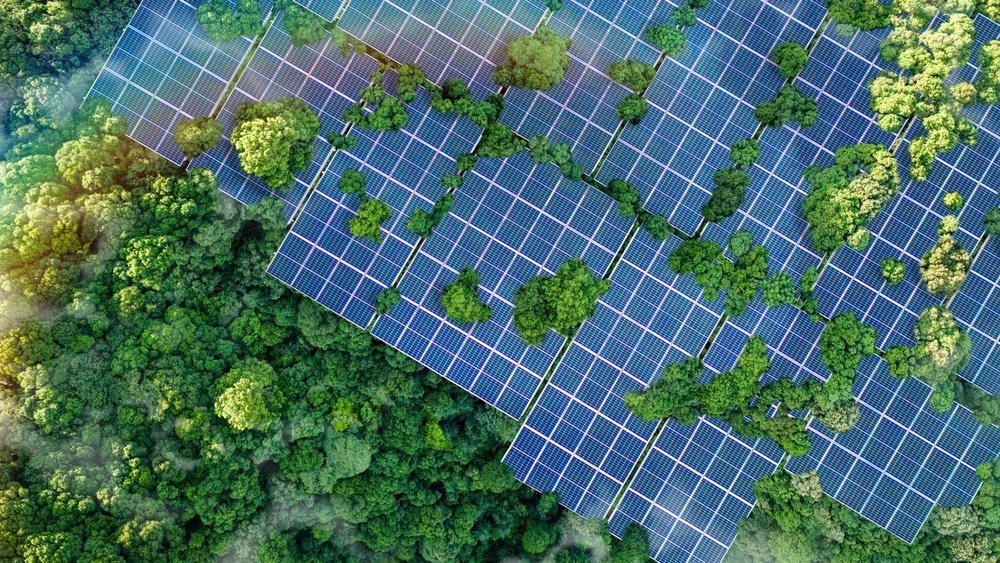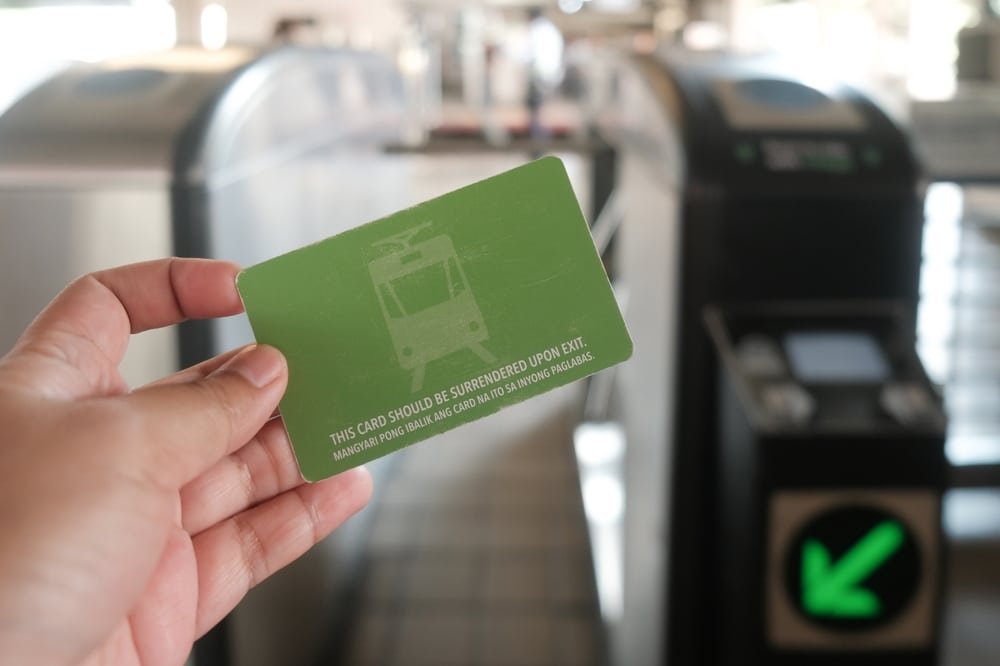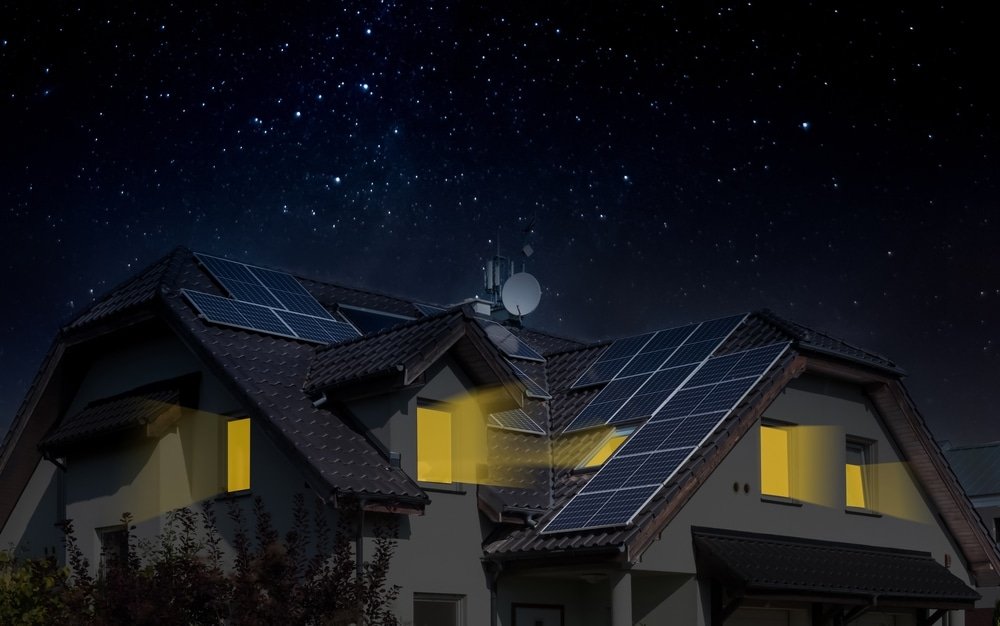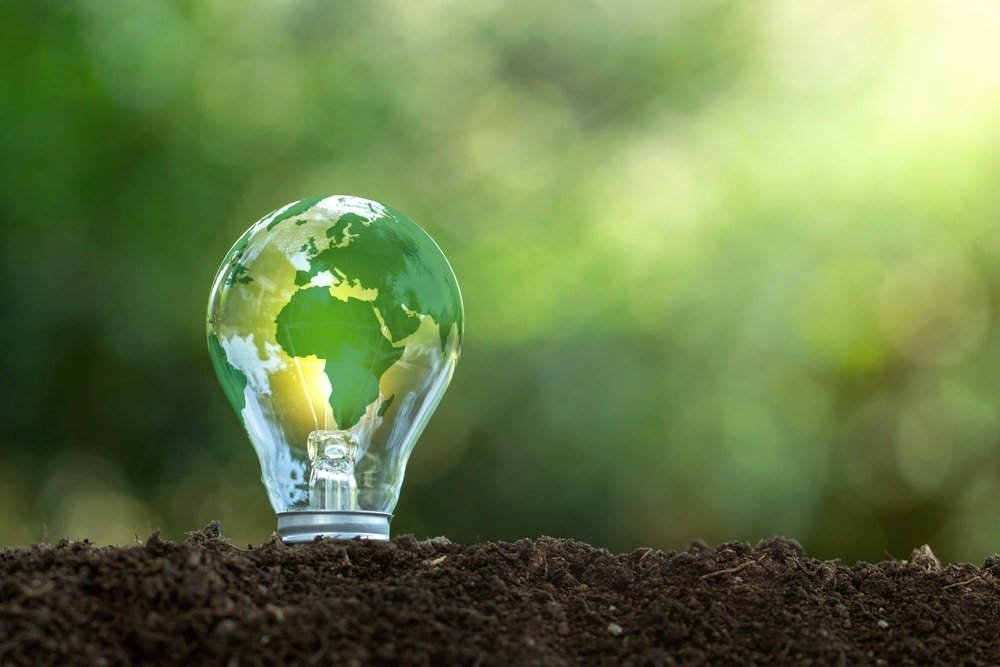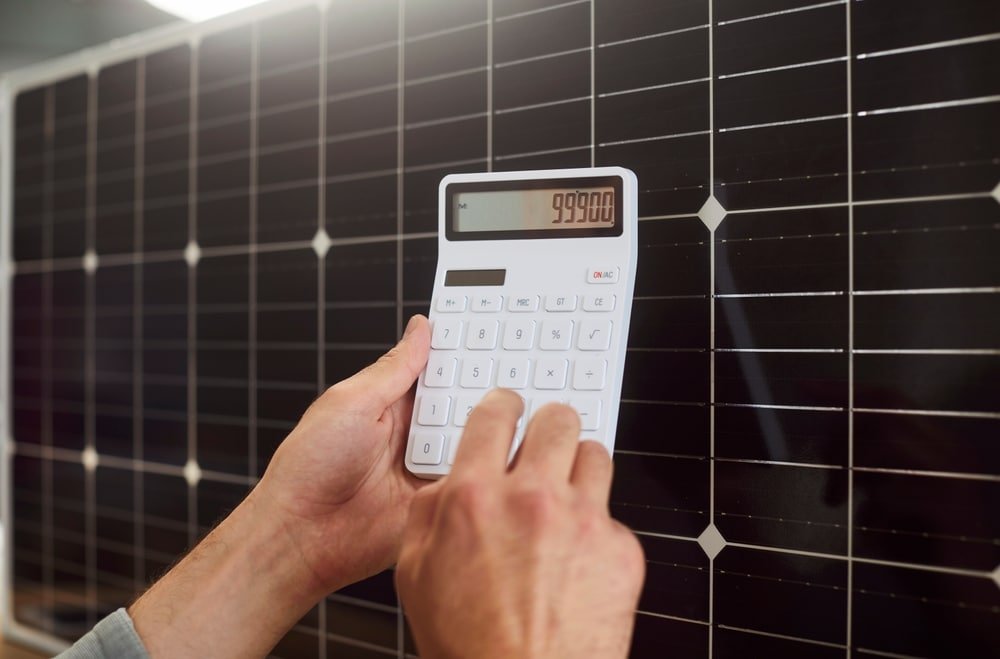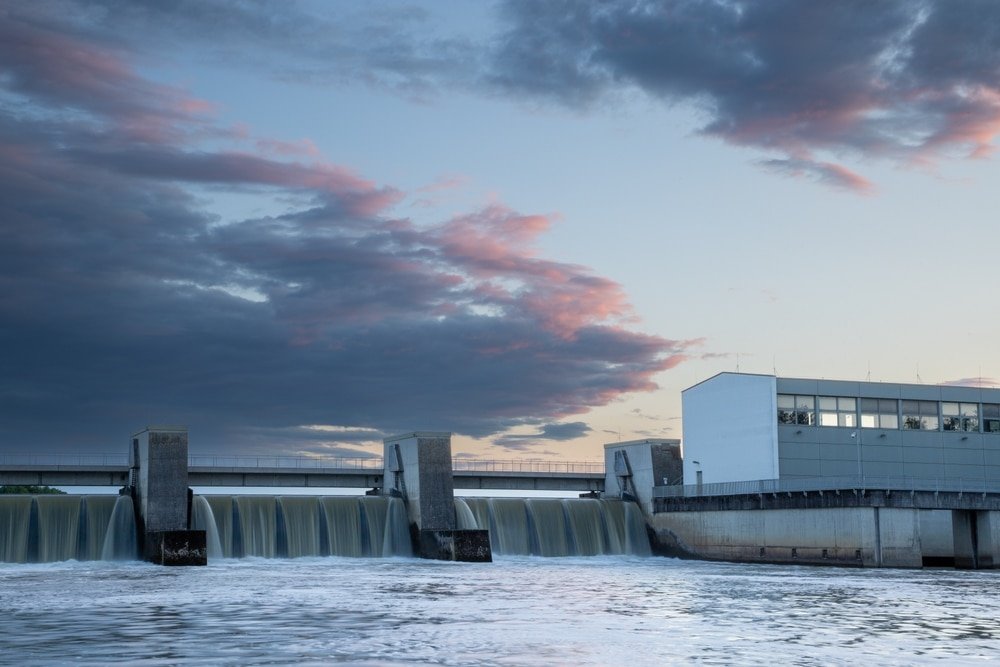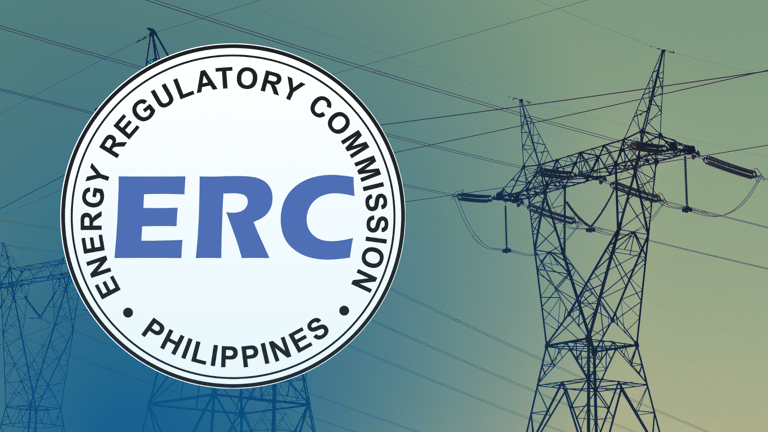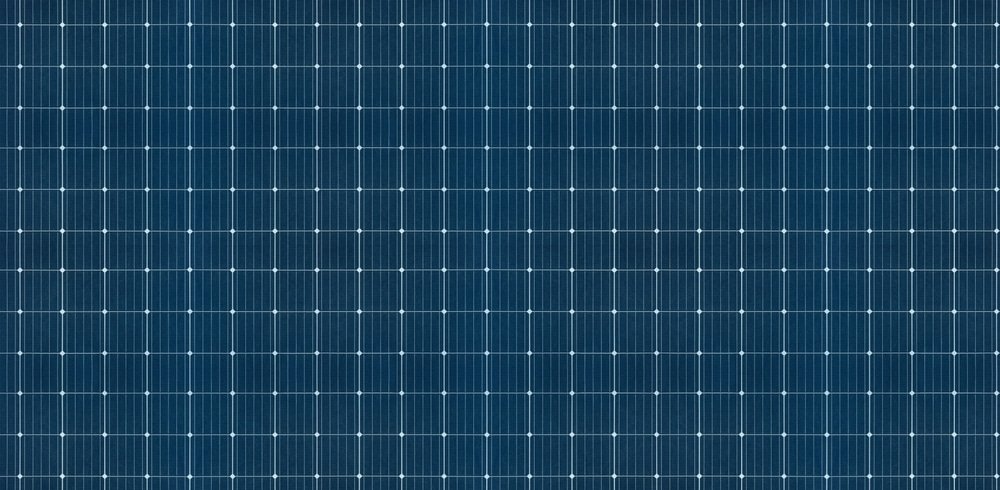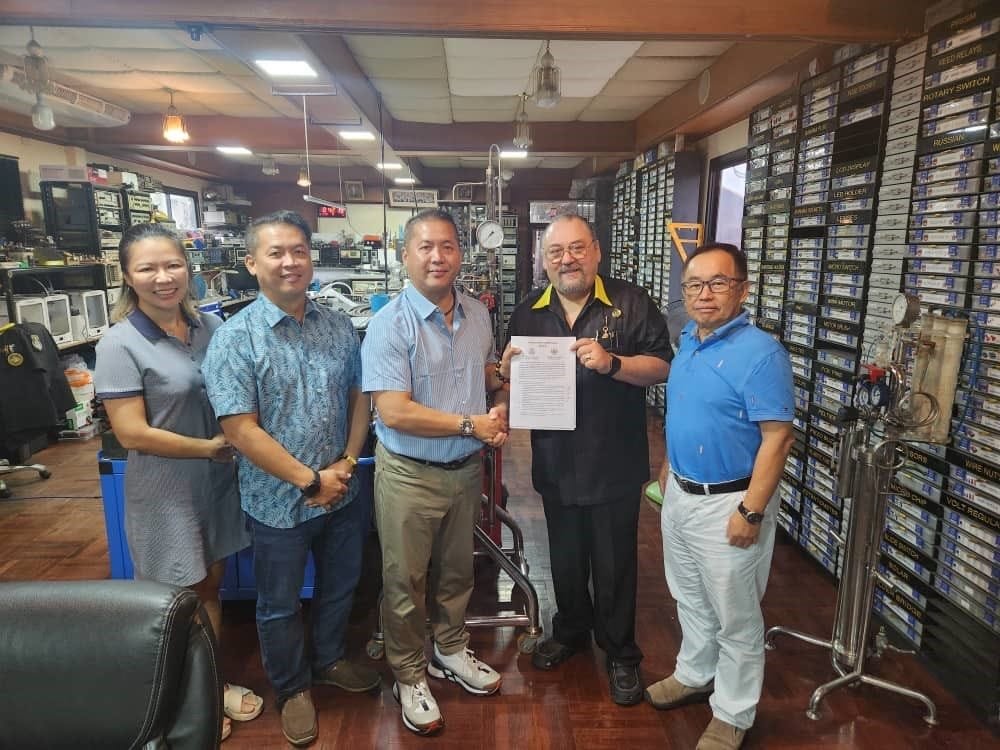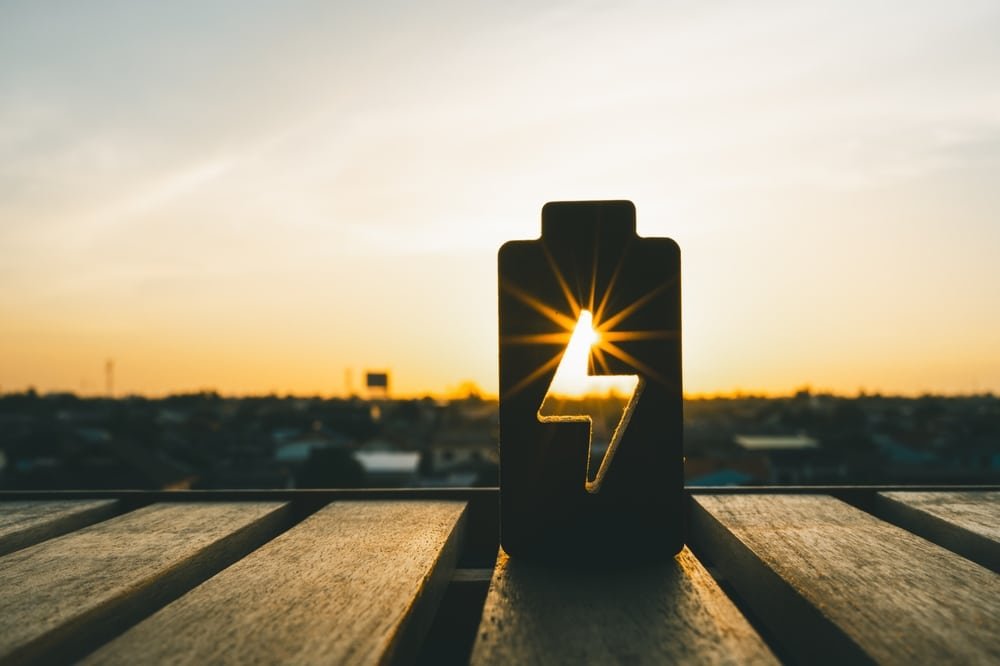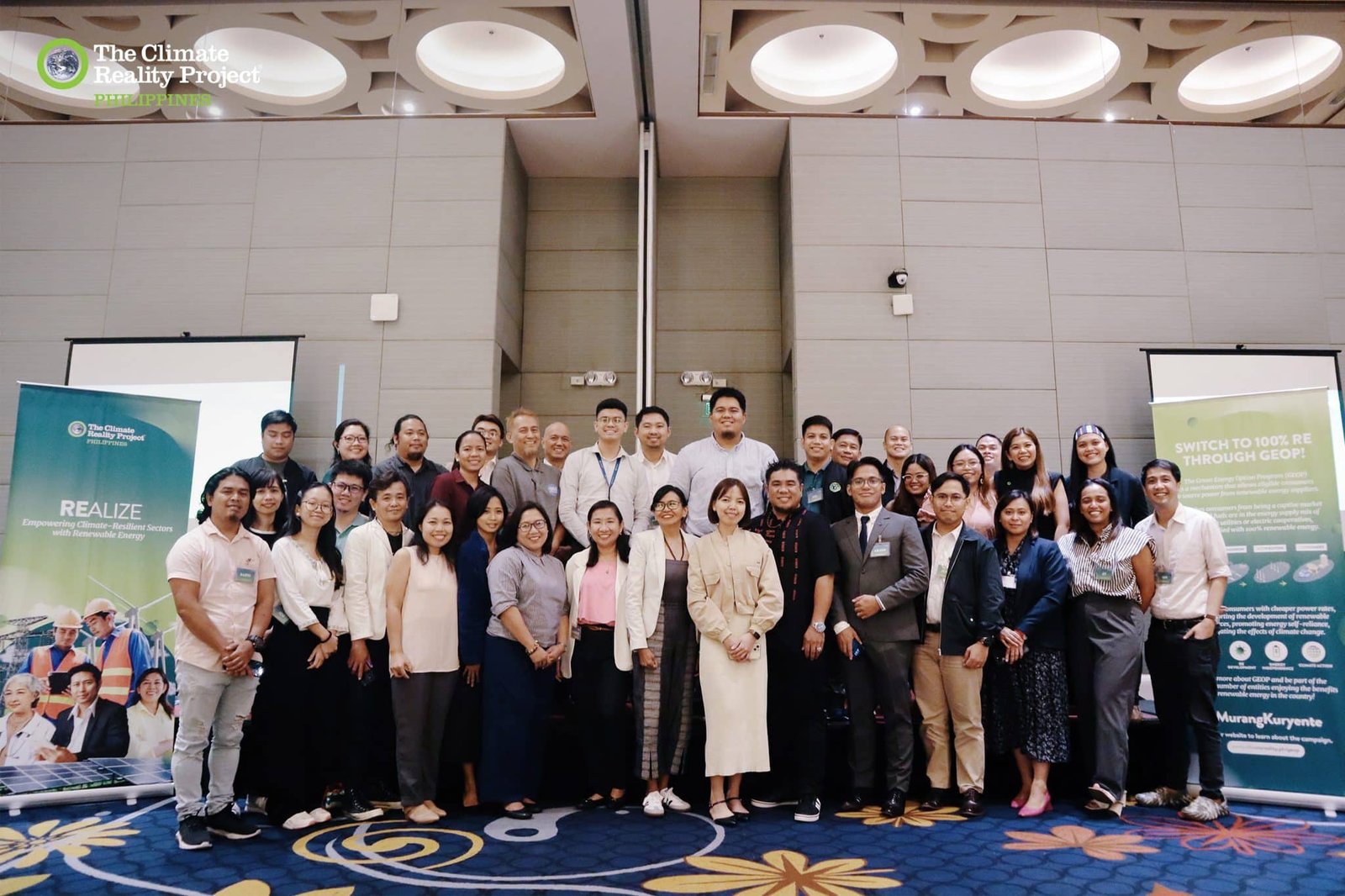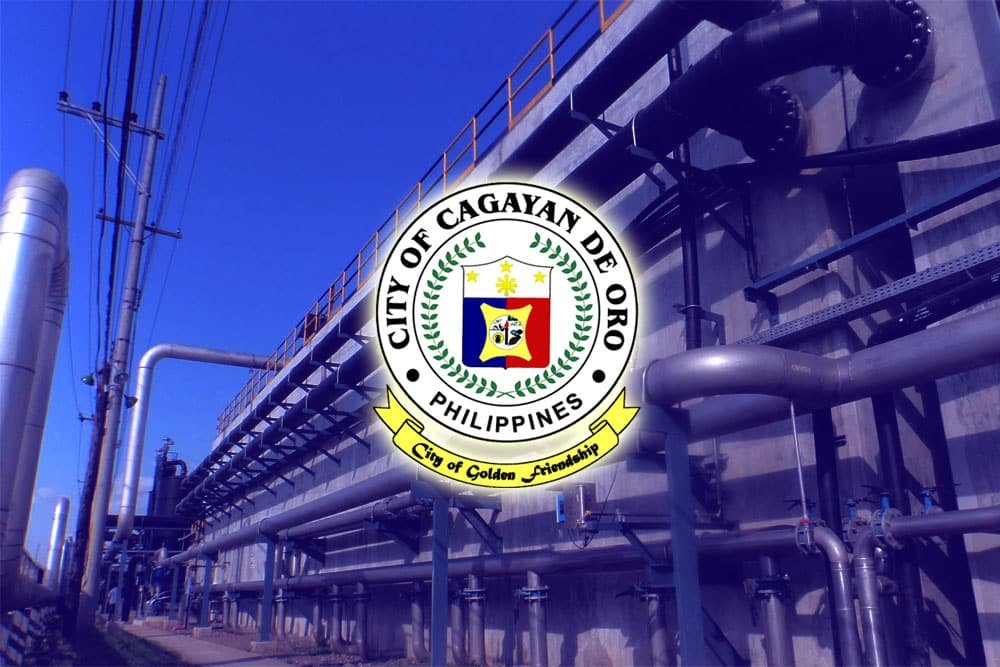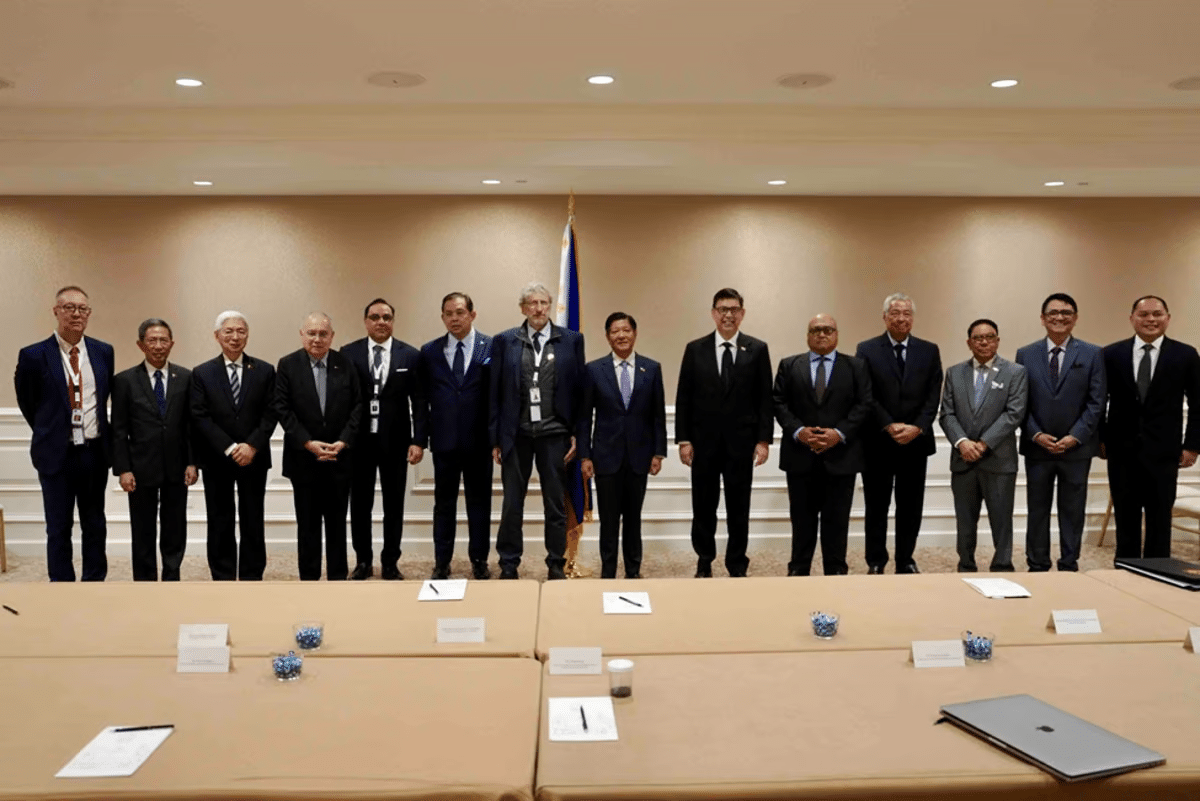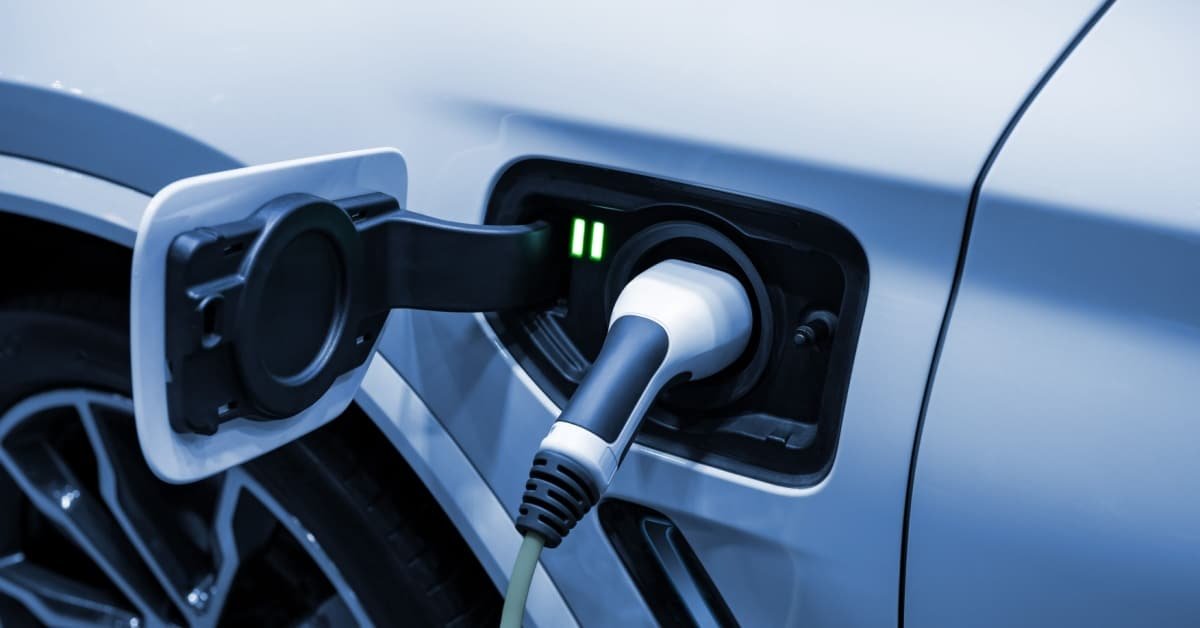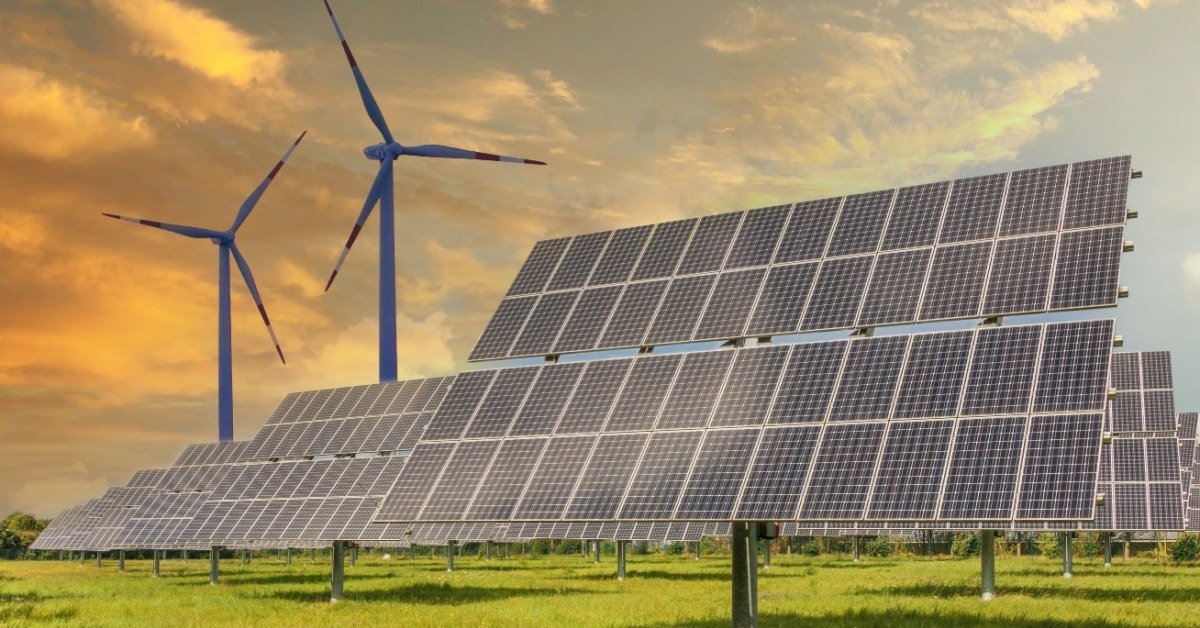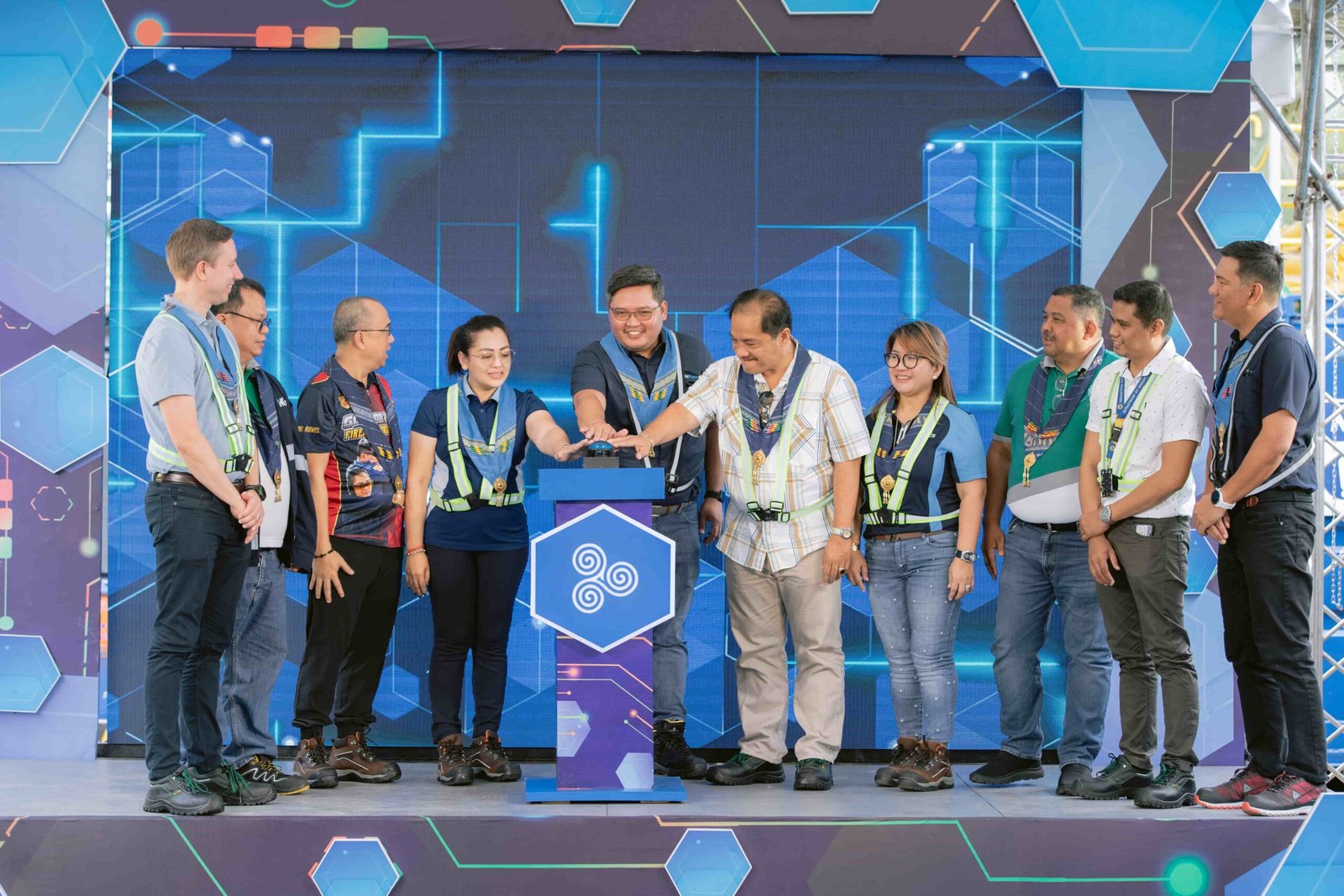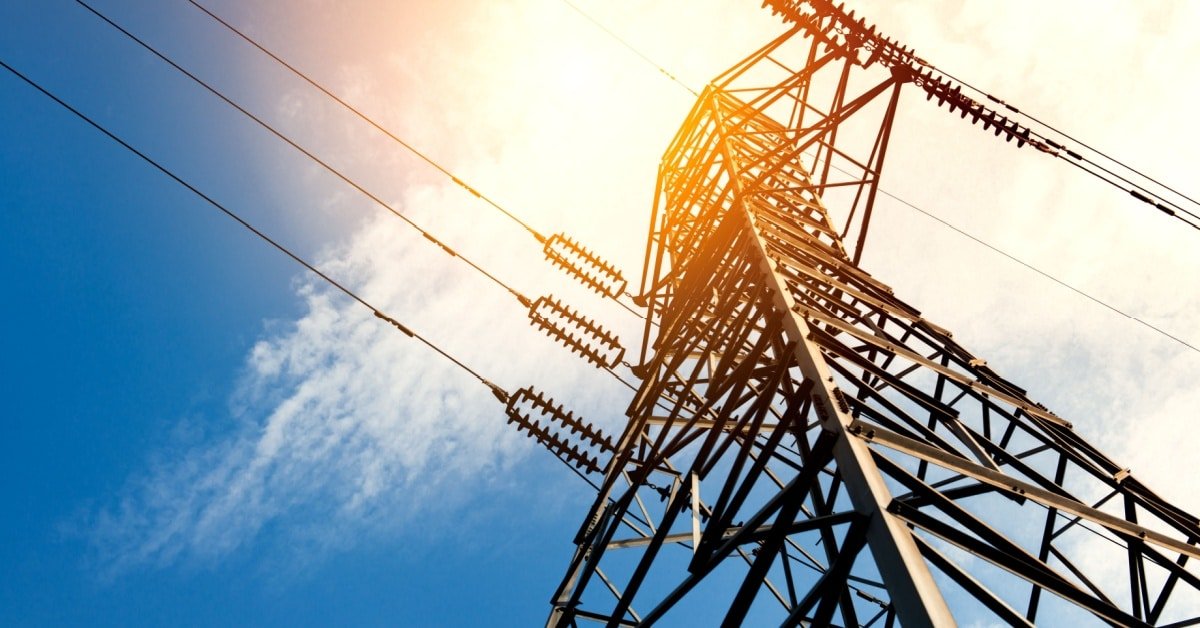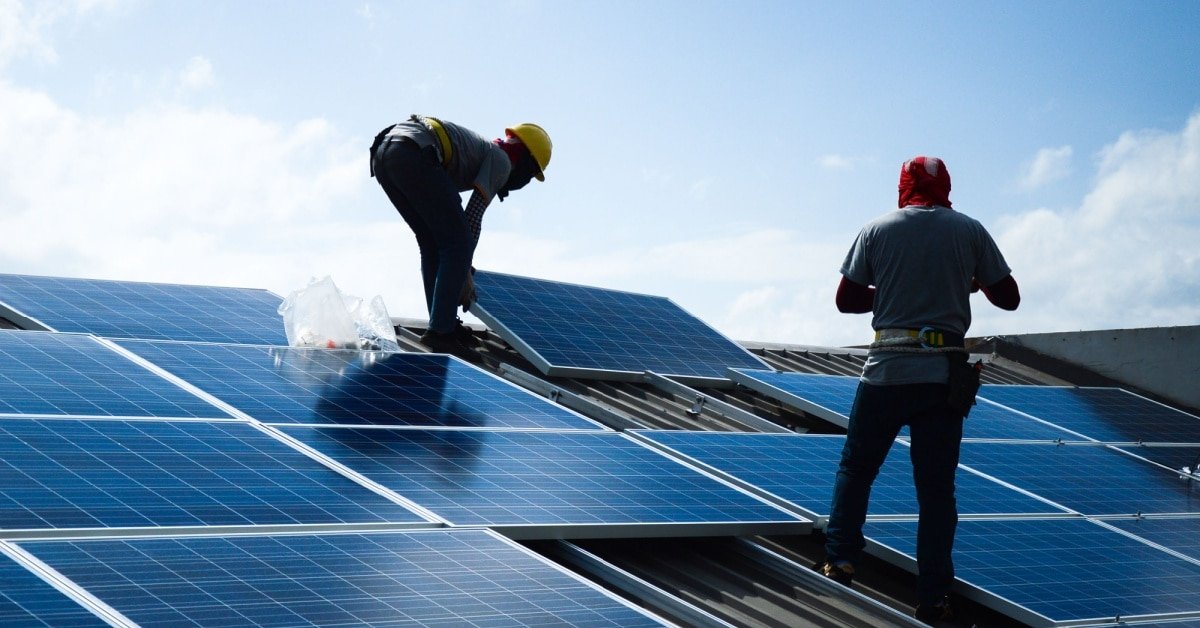
The global shift toward renewable energy (RE) sources like solar and wind power holds great promise for a cleaner, more sustainable future, and the Philippines is gearing up for it. The Department of Energy (DOE) has reported that almost 7,000 megawatts (MW) of power projects are expected to be finished by 2025, with more than 70 percent of them renewables.
However, RE sources face challenges that can limit their full potential, primarily because they are unpredictable and intermittent sources of power. This is where energy storage systems (ESS) come into play. They offer a solution to the unpredictability and intermittency of renewable power, helping maximize the effectiveness and reliability of renewable energy sources.
(Also read: Nearly 3,000 MW of renewable energy projects in the pipeline for Mindanao)
Maximizing the potential of renewables with ESS
Renewable energy, such as solar and wind power, has the potential to transform the global energy landscape. Abundant and environmentally friendly, they provide a sustainable way to reduce greenhouse gas emissions. However, they come with a major drawback: they are intermittent. The sun doesn’t always shine, and the wind doesn’t always blow, leading to fluctuations in energy production. This can create an imbalance between supply and demand.
Energy storage systems can solve this issue. They store excess energy when supply is high and demand is low. Companies can then release this excess energy when it is needed.
This balancing act ensures that energy remains available whenever needed, enhancing the reliability of renewable energy sources. Storage systems enable a more stable and continuous power supply, addressing one of the biggest challenges in renewable energy deployment.
Aside from improving energy efficiency, energy storage systems also help companies turn price differences in electricity into a profitable opportunity. Companies can store electricity when prices are low (usually during off-peak hours) and sell it when prices are high (typically during peak demand times). This way, companies can make a profit while helping stabilize the grid and supporting RE sources.
Battery energy storage systems (BESS) are a type of ESS that use batteries to store electricity. These batteries, often lithium-ion batteries, are capable of charging when renewable energy production is high and discharging when energy demand increases or renewable generation decreases. These systems are becoming increasingly popular due to their efficiency and relatively fast response times. They are ideal for smoothing out fluctuations in power generation, ensuring that renewable energy can be used consistently.
The Philippines expects nearly 3,800 megawatts (MW) of installed BESS capacity by 2033, according to the Department of Energy (DOE).
“We have seen that battery electricity storage is a crucial technology for the Philippines,” the DOE said. “With the right support and investment, battery electricity storage can help transform the energy landscape of the Philippines and provide a sustainable future for generations to come.”
(Also read: Davao de Oro Gets Southeast Asia’s First Floating Battery Storage System)
The barriers to energizing BESS in the Philippines
Energy storage systems are crucial for the country’s power stability, but their widespread adoption faces several barriers.
One of the main challenges is the high initial cost of installing such systems. Despite the long-term benefits of energy storage, the upfront capital required for these technologies can be a barrier to entry for many companies.
“As of 2021, large-scale battery storage costs hovered around $137 per kilowatt-hour (kWh), a significant expense that adds to the overall cost of renewable energy systems,” said Dr. Eduardo Araral, Associate Professor at the National University of Singapore’s Lee Kuan Yew School of Public Policy.
As the renewable energy sector in the Philippines grows, the government could face challenges in supporting these clean power sources if battery storage systems continue to be in short supply, according to Eric Francia, President and CEO of ACEN Corporation.
Francia says this is of particular concern for solar power projects.
“We still have a lot of pure solar that’s coming online. That’s my concern. Do we have enough grid capacity to absorb all that intermittent variable pure solar without battery [storage]?” the energy executive told the Inquirer.
(Also read: FDC Green Energy Launches 20.75 MW Solar Project in Mindanao)
“Given the variable nature of renewables, we need to step up efforts to integrate more energy storage into the grid,” Francia said.
An energy developer’s bottom line must also be part of the equation. In countries such as Australia, the use of battery storage is “scaling up” thanks to a more favorable market setup. The Australian energy market lets operators store and release power depending on price changes, making battery storage profitable for investors.
“Australia’s price caps are generous enough to let the market forces work,” the ACEN president shared.
By contrast, the price cap in the Philippines is twenty times lower. Without price volatility, an investment in battery storage in the country becomes less lucrative and attractive.
Francia called on policymakers to create regulations that would promote more investment in battery storage systems. He stressed that tackling these issues is crucial for maintaining the Philippines’ renewable energy progress and securing long-term energy stability.
Unlocking power for a renewable future
Despite these challenges, energy storage systems and BESS have the potential to revolutionize the Philippine energy sector. As the renewable energy market continues to grow, the need for reliable and efficient energy storage will only increase. By addressing the financial and regulatory barriers, the Philippines can unlock the full potential of renewable energy and move closer to a sustainable future.
Sources:
https://mb.com.ph/2025/1/13/luzon-leads-in-2025-renewable-energy-projects
https://plus.inquirer.net/business/energy-storage-needed-amid-renewables-influx/

